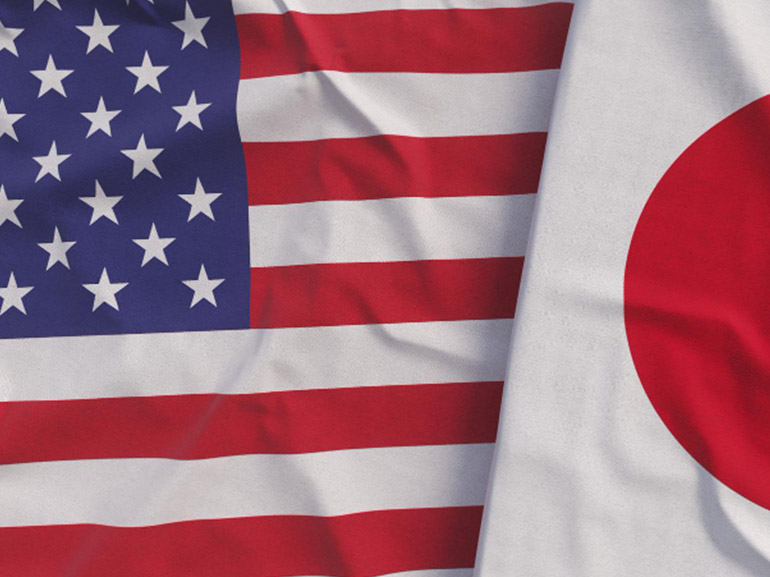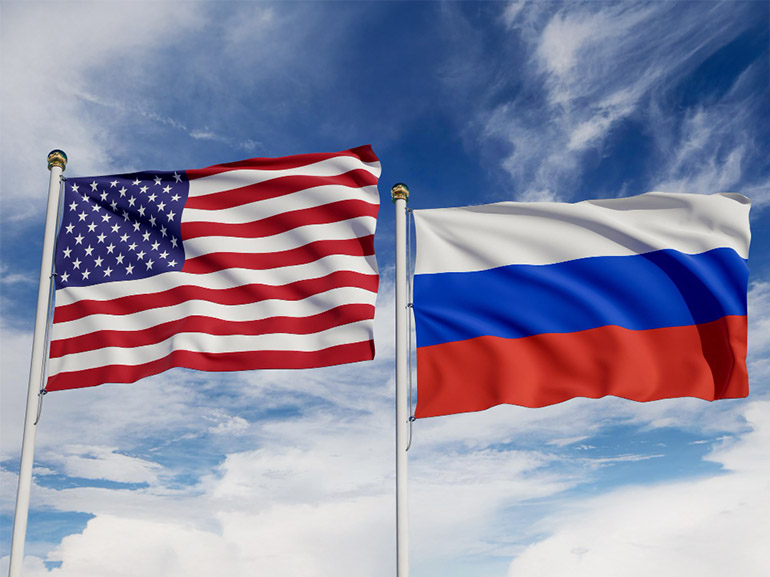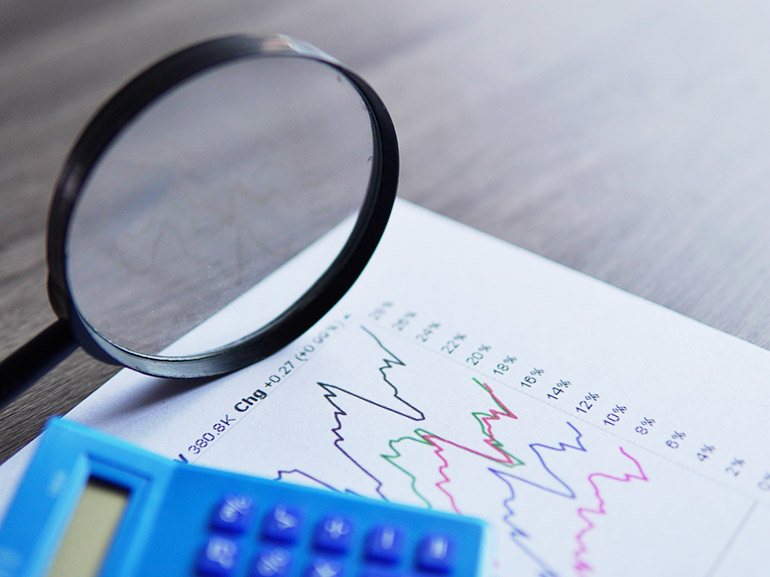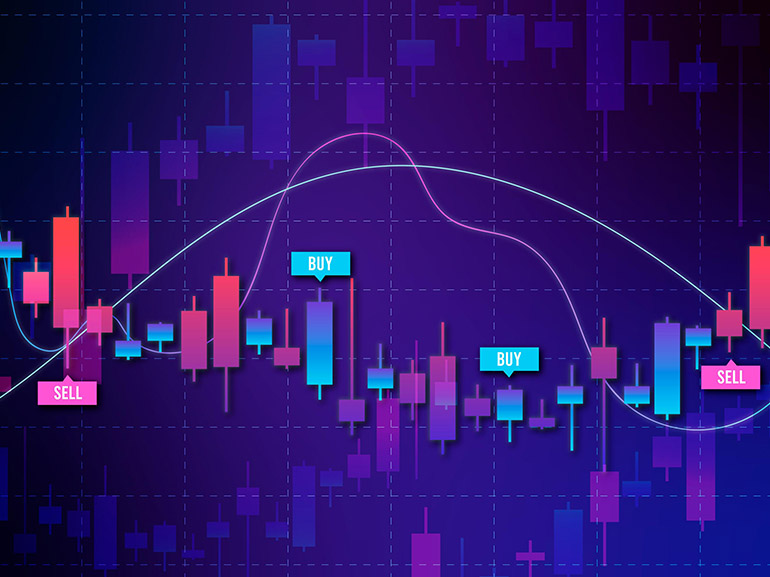Trump and Japan Seal Major Trade Deal in Hit to Auto Tariffs
President Trump has announced a sweeping trade deal with Japan, marking a significant breakthrough in protracted negotiations. The pact establishes a 15% reciprocal tariff on Japanese goods - a substantial reduction from previously threatened rates - and secures a $550 billion investment from Japan into the US.

TL;DR
The Deal:
US-Japan trade agreement announced July 23, 2025 • Auto tariffs slashed from 25% to 15% (effective immediately)
Japan pledges record $550 billion US investment • 90% of investment profits to remain in US
Market Impact:
Tokyo's Nikkei 225 surged 3%
Toyota stock jumped 14%, and USD strengthened against JPY
What's Covered:
15% tariffs on autos, trucks, rice, agriculture
Enhanced US export access to Japanese markets
Steel/aluminium tariffs unchanged at 50%
Potential Trading Implications:
Bullish for Japanese auto stocks and exporters
Positive for US agriculture and auto sectors
Steel tariffs remain elevated • Capital flows support USD/JPY strength (Source: The Wall Street Journal)
Key developments
Tariff cut to 15% The deal sets a uniform 15% tariff on Japanese imports, including automobiles, down from the 25% level that was to be enforced from 1 August. Steel and aluminium tariffs remain at 50% under existing policy.
$550 billion Japanese investment Trump announced Japan will channel $550 billion into the US economy, with a commitment that 90% of profits will stay within US borders.
Opening Japanese markets As part of the agreement’s reciprocity, Japan will increase access to American exports-covering cars, trucks, rice, agricultural and other goods.
Market response Tokyo’s Nikkei surged over 3%, led by gains in Toyota (+14%) and other automotive giants, reflecting broad investor optimism. Other Asian markets also benefited. (Source: APNews)
Additional context
Negotiation backdrop Talks were FDA-Japan’s eighth as of July, against a backdrop of reciprocal tariffs initially set at 24–25%, and threats to raise them further if no deal materialised.
Policy shift The flat 15% rate - covering autos, trucks, rice, and more- breaks from Trump’s former sector‑specific tariff structure. It suggests possible flexibility in his broader tariff strategy, excluding steel and aluminium levies.
Political backdrop in Japan Prime Minister Ishiba is under pressure following a poor election showing. His position remains precarious, with some speculation of possible resignation following the agreement. (Source: E24)
What this means for traders
Commodities & indices: The elevated steel and aluminium tariffs will continue to influence metal markets, while renewed Japanese investment and tariff clarity support equities like Toyota and broader Asia‑Pacific indices.
FX impact: The US dollar strengthened modestly against the yen post‑deal, reflecting anticipated capital inflows.
US auto and agriculture sectors: With enhanced Japanese market access, businesses tied to these industries may find renewed export opportunities.
Conclusion
The Trump administration’s US–Japan trade deal, announced 23 July 2025, halves threatened tariff rates and secures a record‑setting investment pledge. While it leaves steel and aluminium tariffs unchanged, its flat 15% structure across autos and other sectors signals a new approach. Markets reacted positively, notably in Japan’s auto stocks and broader indices. However, geopolitical and political dynamics, especially within Japan, add layers to its impact.
*Past performance does not reflect future results.
FAQs:
When does the 15% tariff rate take effect?
The new 15% reciprocal tariff structure takes effect immediately, replacing the 25% rate that was scheduled for August 1, 2025. This applies to Japanese automobiles, trucks, rice, and other goods, excluding steel and aluminium, which remain at 50%.
How will the $550 billion Japanese investment be deployed?
According to Trump's announcement, Japan will channel $550 billion into the US economy with a commitment that 90% of profits remain within US borders. Specific sectors and timeline details have not yet been disclosed, but this represents one of the largest foreign investment pledges in US history.
How does this deal compare to previous US-Japan trade agreements?
This agreement marks a significant shift from Trump's previous sector-specific tariff approach to a flat 15% rate across multiple industries. It's more comprehensive than past deals, combining tariff reductions with substantial investment commitments and enhanced market access provisions.
What impact will this have on USD/JPY exchange rates?
The US dollar strengthened modestly against the yen post-announcement, reflecting anticipated capital inflows from the $550 billion investment. However, long-term currency impacts will depend on the actual deployment timeline and broader economic factors.
Why do steel and aluminium tariffs remain at 50%?
Steel and aluminium tariffs were excluded from this agreement and remain under existing policy at 50%. This suggests these sectors are still considered strategically sensitive, with the Trump administration maintaining its protectionist stance on critical industrial materials despite broader trade liberalisation.








